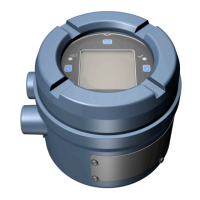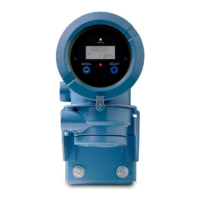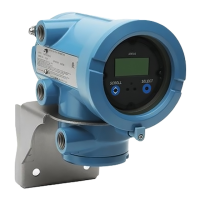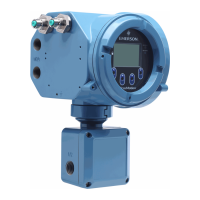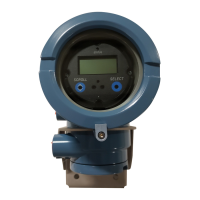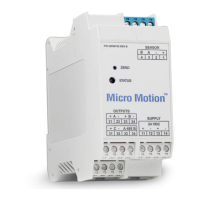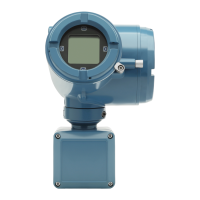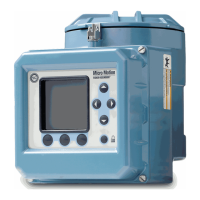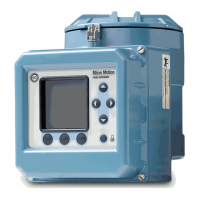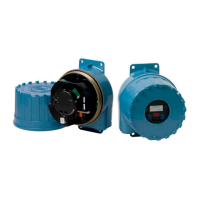Configuration and Use Manual 81
Measurement Performance DefaultsTroubleshootingCompensation
Chapter 10
Measurement Performance
10.1 Overview
This chapter describes the following procedures:
• Meter verification (see Section 10.3)
• Meter validation and adjusting meter factors (see Section 10.4)
• Density calibration (see Section 10.5)
• Temperature calibration (see Section 10.6)
Note: All procedures discussed in this chapter assume that you have established communication
between ProLink II and the Model 1500 transmitter and that you are complying with all applicable
safety requirements. See Chapter 2 for more information.
Note: For information on zero calibration, see Section 3.5. For information on AOC calibration, see
Chapter 7.
10.2 Meter validation, meter verification, and calibration
The Model 1500 transmitter supports the following procedures for the evaluation and adjustment of
measurement performance:
• Meter verification – establishing confidence in the sensor’s performance by analyzing
secondary variables associated with flow and density
• Meter validation – confirming performance by comparing the sensor’s measurements to a
primary standard
• Calibration – establishing the relationship between a process variable (flow, density, or
temperature) and the signal produced by the sensor
To perform meter verification, your flowmeter must use the enhanced core processor and the meter
verification option must have been purchased.
These three procedures are discussed and compared in Sections 10.2.1 through 10.2.4. Before
performing any of these procedures, review these sections to ensure that you will be performing the
appropriate procedure for your purposes.
10.2.1 Meter verification
Meter verification evaluates the structural integrity of the sensor tubes by comparing current tube
stiffness to the stiffness measured at the factory. Stiffness is defined as the deflection of the tube per
unit of load, or force divided by displacement. Because a change in structural integrity changes the
sensor’s response to mass and density, this value can be used as an indicator of measurement
performance. Changes in tube stiffness are typically caused by erosion, corrosion, or tube damage.
Notes: To use meter verification, the transmitter must be paired with an enhanced core processor, and
the meter verification option must be purchased for the transmitter.

